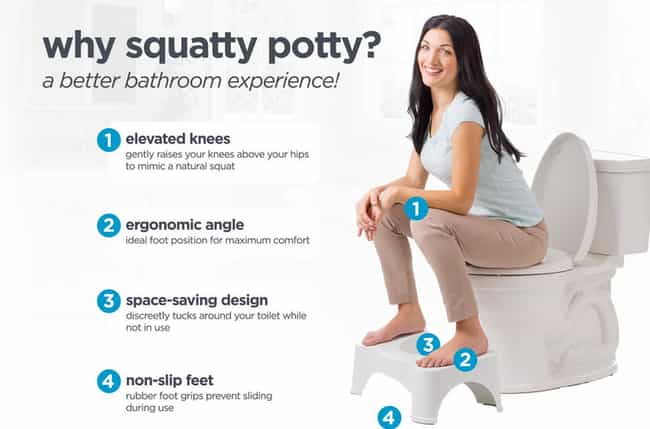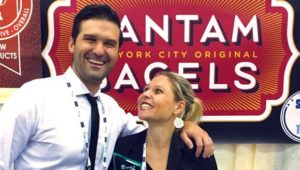


As Anton Willis was living in a studio apartment and realized he had a big problem. He loved the outdoors and going kayaking but simply could not store his 16 foot kayak in his apartment. He had to pay for storage fees for five years. But then, he came across a newspaper with a man named Dr. Robert J. Lang, an origami master. He then began to wonder if a kayak could be folded like an origami masterpiece. So he took a business card out of his wallet and began to tinker by folding it into a kayak shape. His life was never going to be the same after that.
Anton began expanding upon this idea and made prototypes out of paper and then cardboard. His first cardboard boat sunk after 30 seconds but didn’t get discouraged. He revised it and then took it to a friend’s barbecue where they would take turns paddling around in it. This time it didn’t sink! An acquaintance even asked if he was selling them. He later became the first backer on Kick Starter. Anton revised it even more, having gone through about 25 prototypes. He decided to use a corrugated plastic material and made it so that it can be stored in a closet.
He launched a Kick Starter campaign and then applied for Shark Tank. Anton and the help of his partners, Roberto Gutierrez and Ardy Sobhani, asked for $500,000 for a 12% stake in the company. Oru Kayaks did $1.1 million in sales before the airing, having sold only one thousand of them. Sharks went out one by one due to profit margins but the last one, Robert Herjavek, gave Anton a rebuttal: $500,000 for a 25% stake. Anton then asked for 15% but Robert stayed firm at 25% which is where they made the deal.
I couldn’t find much information on the success after the show, but they seem to be doing well. Annual sales are about $3 million on Amazon alone, so anywhere from $4-10 million through all channels. Anton says that the hardest part was making it fold into a case. At first it was a jumbled mess of plastic but then he figured out how to make it in the form of a case where you could store the paddles and seat. Anton had to go through many roadblocks and is now sitting on a cash pile.
Website: https://www.orukayak.com/
Sources:
https://gazettereview.com/2015/11/oru-kayak-update-see-what-happened-after-shark-tank/
https://kirktaylor.com/oru-kayak-shark-tank-pitch-and-after-show-update/


